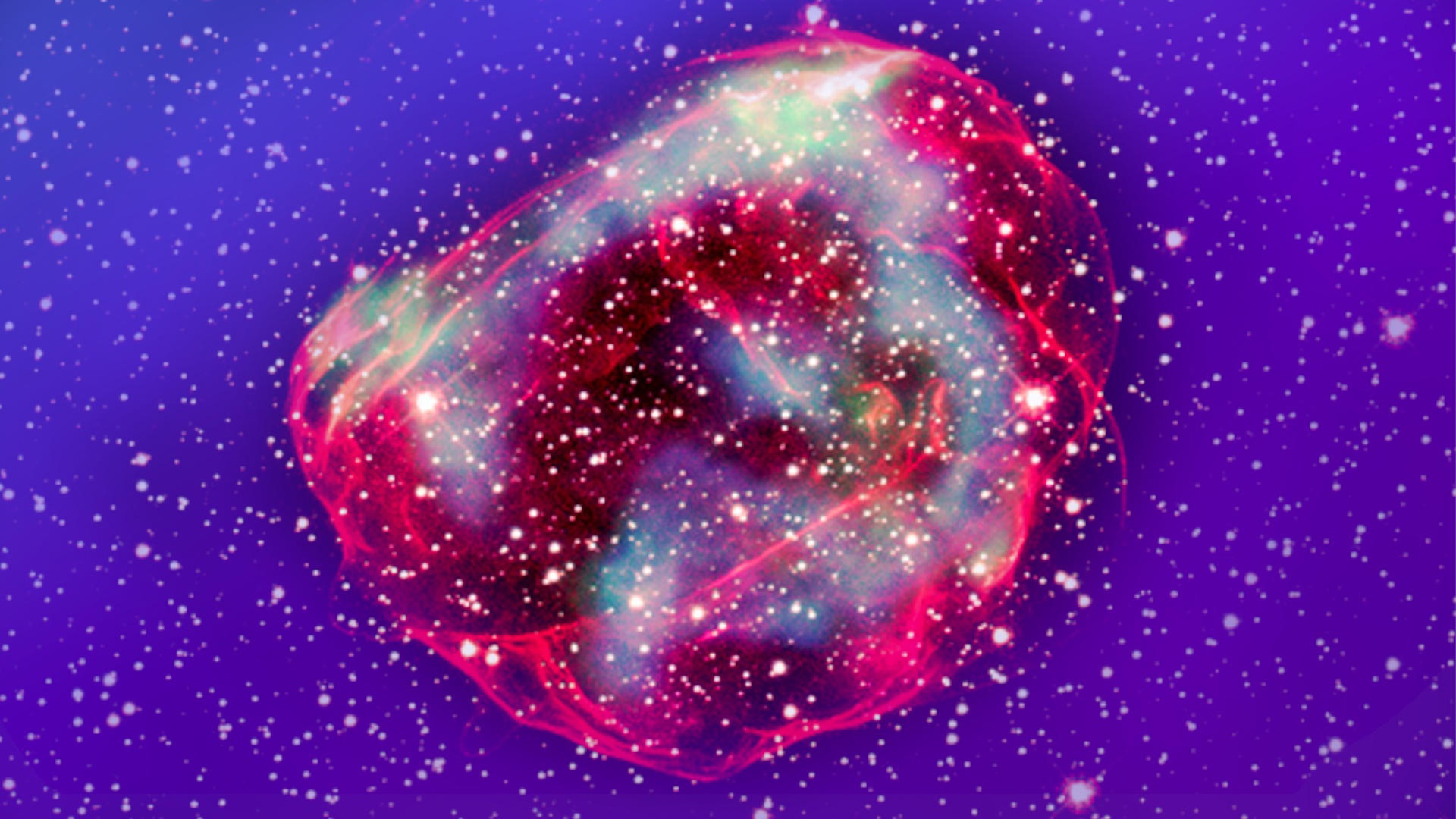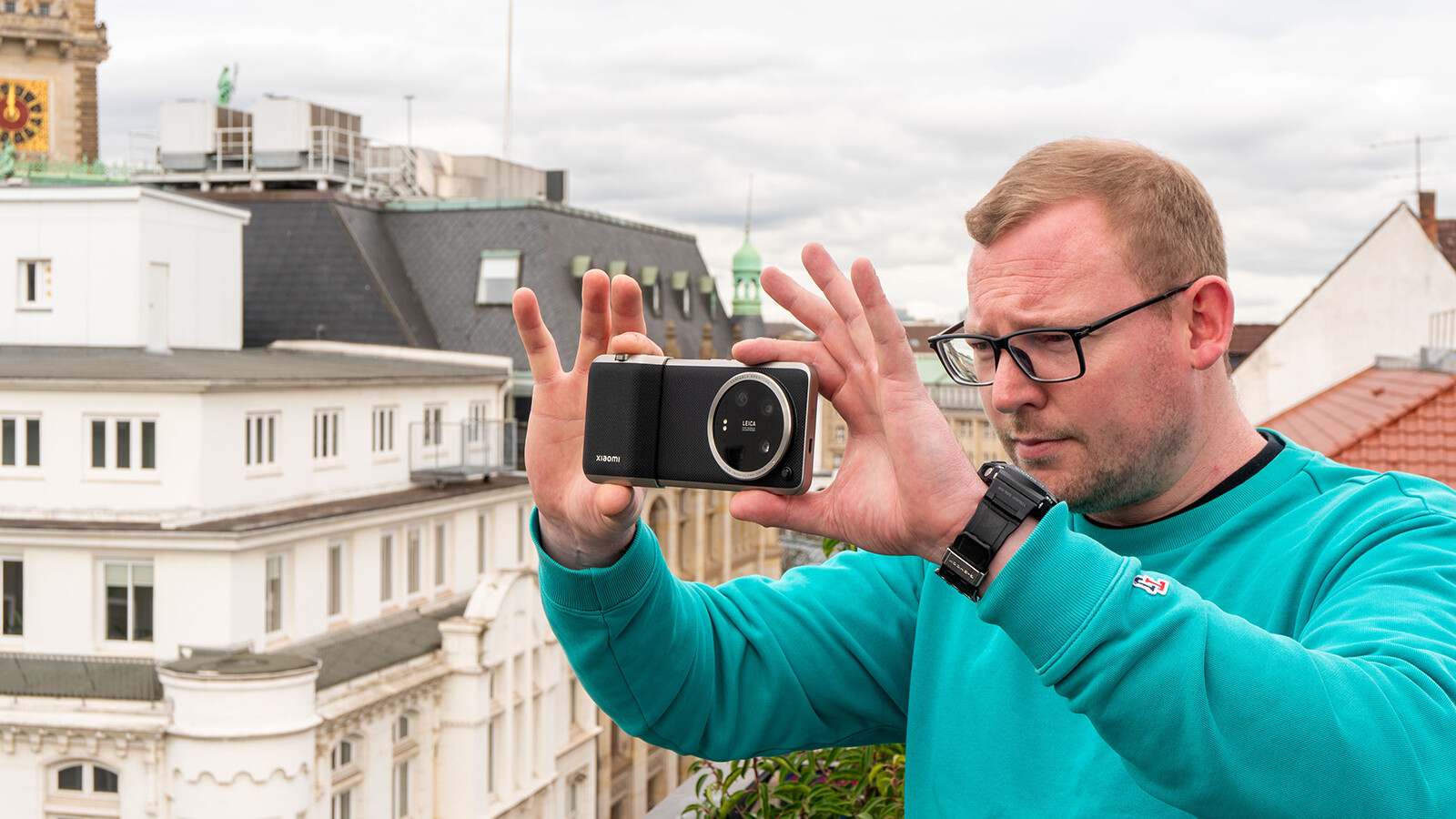Astronomers used the Chandra and Hubble space telescopes to create a must-see snapshot. It shows the cosmic remnants of a supernova, a star that exploded at the end of its lifetime.
That alone would be impressive, but the time factor also plays a role. Because in the picture you don’t see the remains of a recent detonation, but traces that lie a whopping 670 years in the past.
Several shots needed to make tracks visible
As mentioned earlier, the scientists couldn’t just click the shutter button on their space camera and present the result. Because most traces of SNR 0519-69.0
Therefore, not only was the sight of the well-known Hubble telescope used, but the Chandra telescope, which was suspended in space by satellite, was also sentenced to unpaid overtime. The resulting images were superimposed and digitally reworked, resulting in this snapshot:
A glimpse into the past: From Earth we see what happened 670 years ago.
What do I see in the picture? Let’s break this down so that the individual components become clearer. All of the green, blue, and purple spots in the image were revealed by X-rays from the Chandra telescope, and all of the red and white spots are based on Mr. Hubble’s optical data.
What is the point of such an undertaking? Maybe you are now thinking: Cool, but why are they even doing this?
There is an answer to that too. The remains of such a supernova, by the way Type Ia
is used in a whole series of scientific studies, including for intergalactic distance measurement, i.e. the most accurate determination of the distance of galaxies that are billions of light years away from us.
How does this even come about? A so-called white dwarf is to blame for such natural spectacles, i.e. a very old and at the same time very compact star that detonates as soon as it has reached a critical mass. And since the light from the supernova has to travel a long distance before it comes within the range of our measuring instruments, when we look at the image, these events are usually centuries ago. In this case, as already mentioned, an estimated 670 years!
You can find the picture in full resolution as well as further first-hand information on the Harvard University website.
What do you think about that picture? Are you always amazed by what’s going on out there in the depths of space, or are you just interested in what’s going on on our blue orbs? Write us your opinion in the comments!










